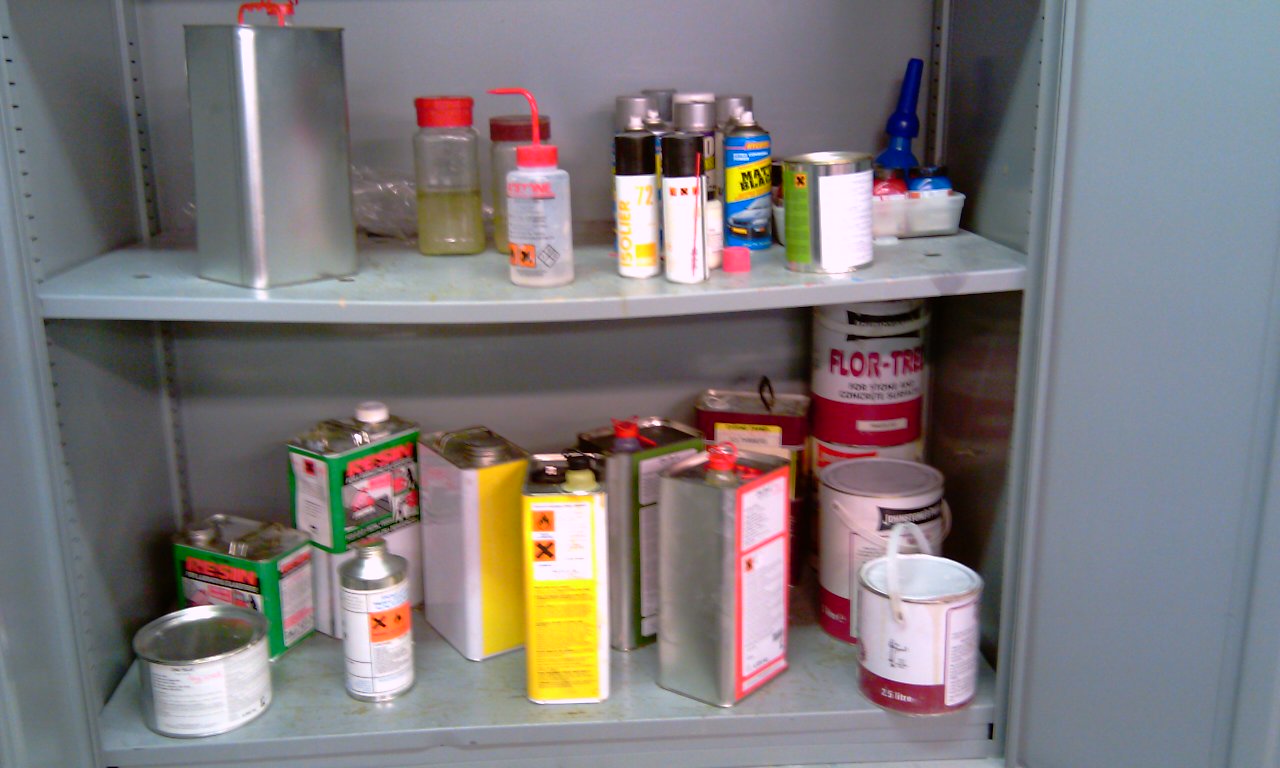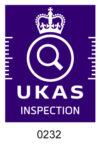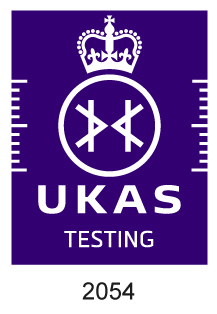Menu
close
**LATEST** New quantitative face fit services for RPE
Book in today
Exposure monitoring to comply with COSHH (Control of Substances Hazardous to Health) regulations and EH40 refers to the systematic assessment and measurement of workers’ exposure to hazardous substances in the workplace. EH40 is a guidance document that provides workplace exposure limits for use with the Control of Substances Hazardous to Health Regulations.
Here’s how exposure monitoring typically works to comply with COSHH and EH40:
Identifying Hazardous Substances: Employers must identify and assess all hazardous substances used or produced in the workplace. This includes chemicals, dusts, fumes, vapours, and biological agents that have the potential to cause harm to health. This si part of the COSHH assessment
Determining Exposure Routes: For each hazardous substance, employers need to determine the potential routes of exposure, such as inhalation, skin contact, or ingestion.
Monitoring Methods: Based on the identified hazardous substances and exposure routes, appropriate monitoring methods are selected. This typically involves air sampling to measure airborne concentrations of contaminants, or biological monitoring to measure the uptake of substances into the body.
Exposure Monitoring: Exposure monitoring is conducted according to a predetermined plan, which may include sampling at various locations and times representative of typical working conditions. Monitoring may be performed using personal sampling pumps worn by workers or fixed sampling equipment placed in the work area.
Interpreting Results: The results of exposure monitoring are compared to the workplace exposure limits (WELs) provided in EH40 or other relevant guidance documents. If exposures exceed the WELs, employers are required to take action to reduce exposure levels.
Implementing Control Measures: Based on the findings of exposure monitoring, employers must implement control measures to reduce or eliminate exposure to hazardous substances. This may include engineering controls, such as ventilation systems or enclosures, administrative controls such as work practices and training, and the use of personal protective equipment (PPE).
Reviewing and Updating: Exposure monitoring should be regularly reviewed and updated to ensure ongoing compliance with COSHH regulations. This may involve re-evaluating hazards, reassessing exposure levels, and adjusting control measures as necessary.
By conducting exposure monitoring and implementing appropriate control measures, employers can effectively protect workers’ health and comply with COSHH regulations and EH40 guidelines.
Exposure to harmful substances, elevated noise levels and prolonged use of vibration tools can cause serious ill-health over the longer term. If appropriate controls are not being used then employees will be at risk of serious illness such as cancer, asthma, skin diseases , hand-arm-vibration syndrome and deafness.
Occupational Hygiene is concerned with ‘worker health protection’. It is often described as the recognition, evaluation and control of exposure to workplace hazards. These include agents such as may include chemicals, dust, fumes, noise, radiation, vibration and extreme temperatures. chemical, physical and biological agents arising from workplace activity. The presence of these agents may affect the health and well-being of employees.
The Duty Holder is required by law to protect its employees and others from harm. The minimum you must do is:
1.Identify what could cause injury or illness (hazards)
2.Decide how likely it is that someone could be harmed and how seriously ( the risk)
3.Take action to eliminate the hazard, or if this isn’t possible, control the risk.
This chart highlights the possible health effects associated with different types of contaminants found in the workplace.
The law requires employers to adequately control exposure to substances in the workplace that cause ill health. This is the Control of Substances Hazardous to Health Regulations 2002 (COSHH). In addition, organisations need to work within the legal limits for the amount of substances that can be present in the workplace air. There are also regulations for the control of: Noise , Vibration and Local Exhaust Ventilation. You can view a range of HSE guidance relating to Occupational Hygiene at https://www.hse.gov.uk/pubns/books/index-legal-ref.htm
BOHS is a membership organisation that promotes Occupational Hygiene as the science-based discipline for identifying, assessing and controlling exposure to harmful substances in the workplace. It is the only Occupational Hygiene organisation to be awarded a Royal Charter in recognition of its ‘ unique and pre-eminent role as the leading authority in occupational disease prevention’. BOHS is also a UK based examining board for occupational hygiene qualifications

